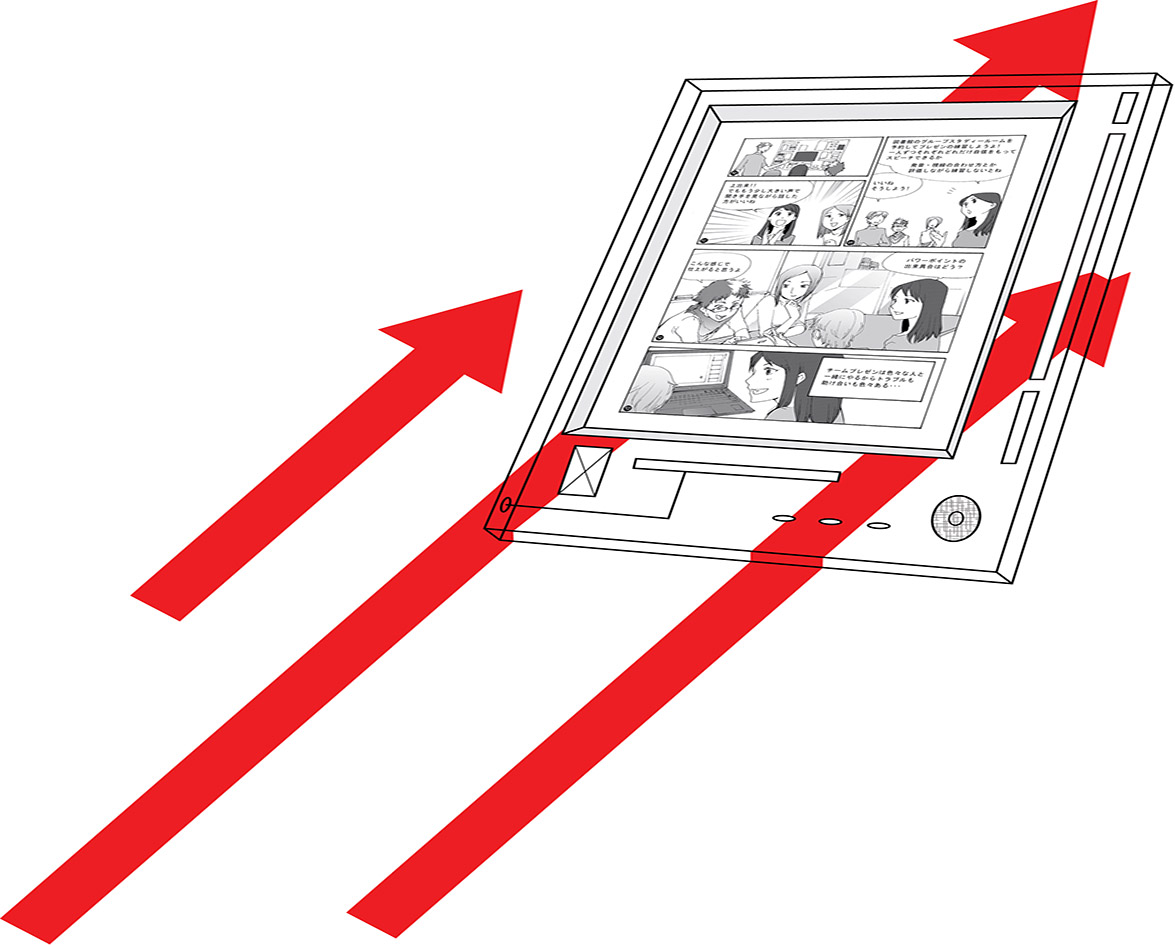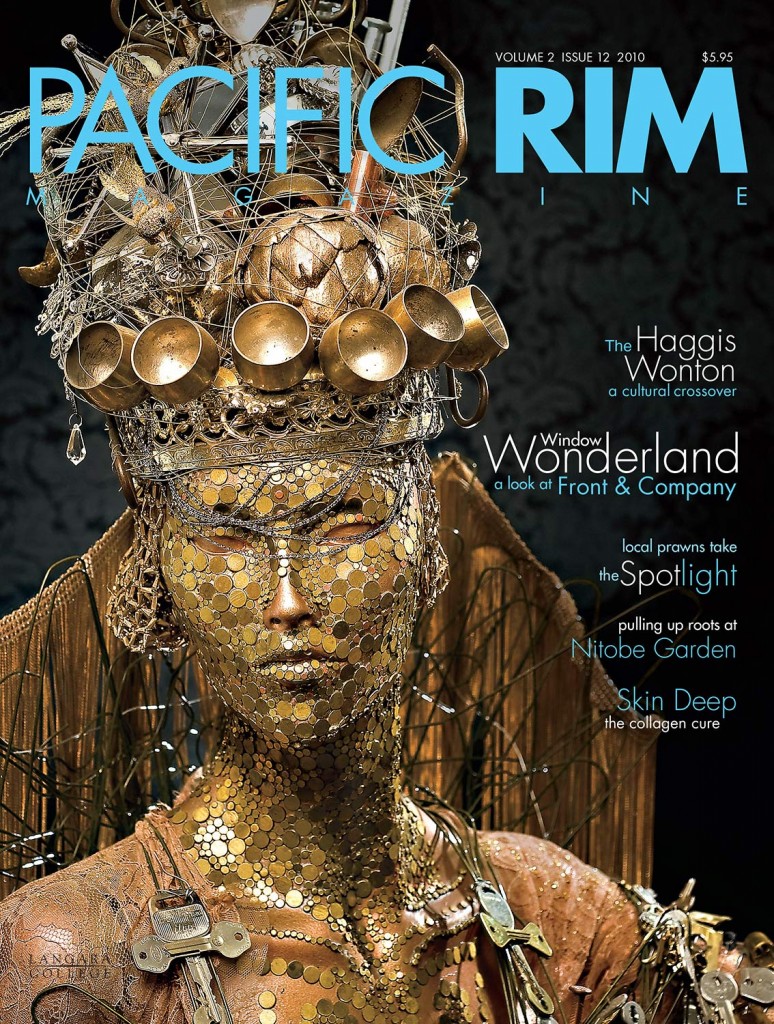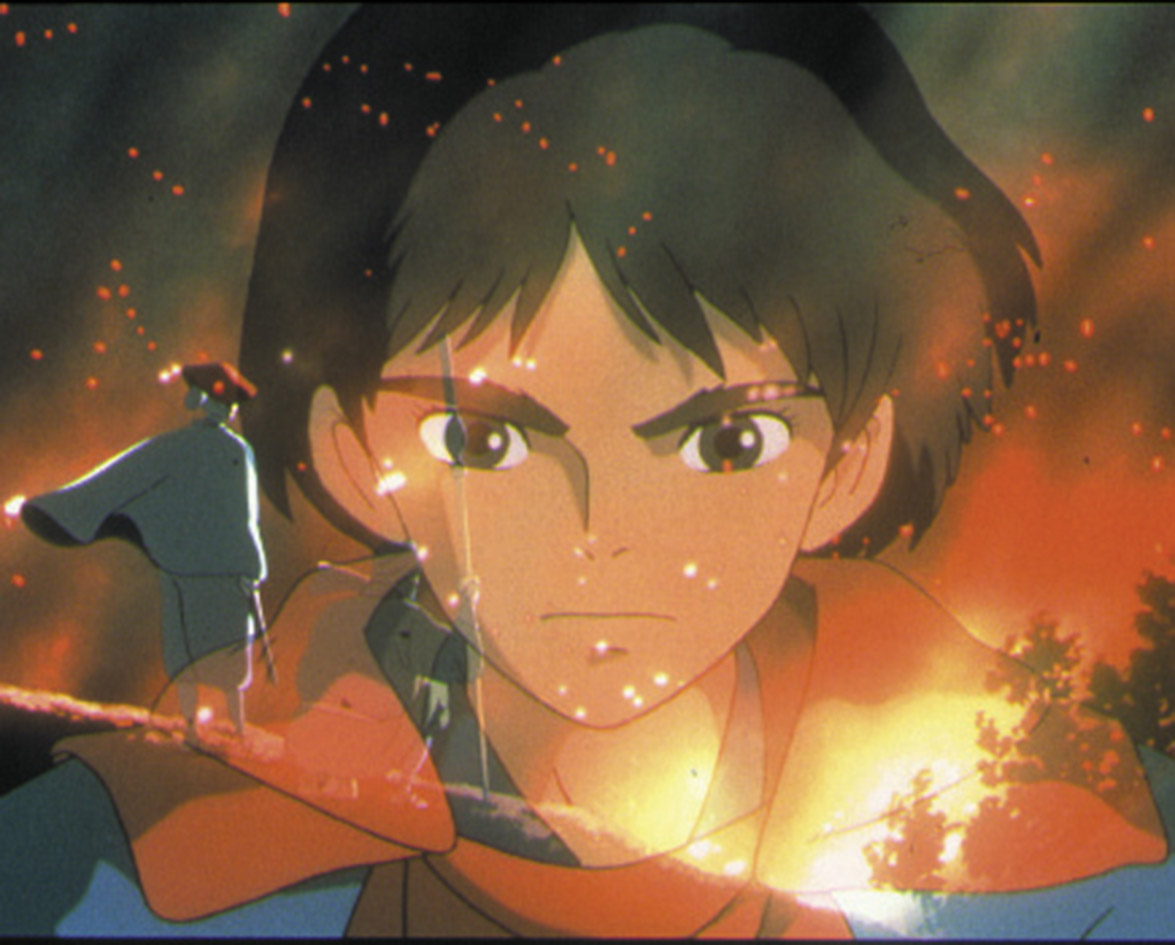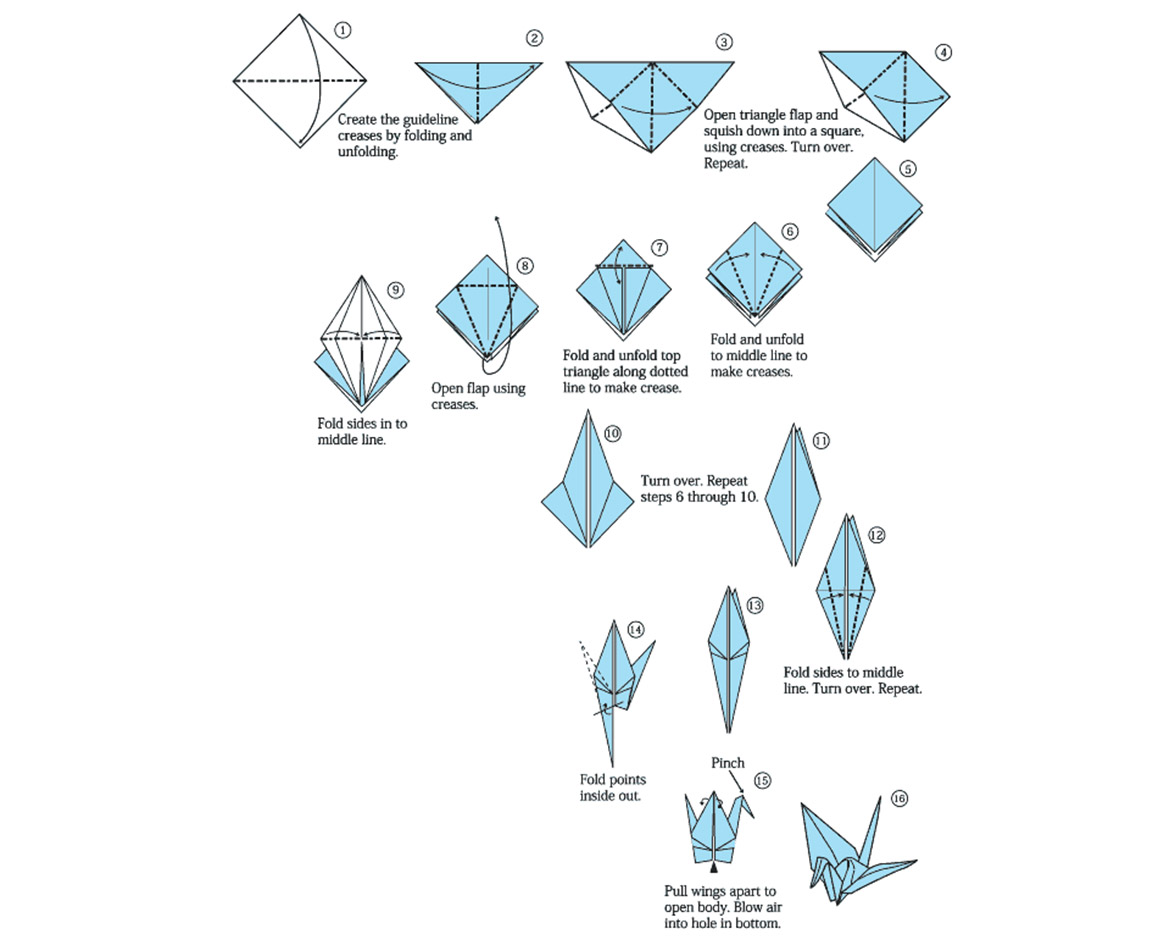On November 23, 1928, in Osaka, Japan, the god of manga was born. The influence of Dr. Osamu Tezuka, who created the groundbreaking manga and anime series Astro Boy in the 1950s, still extends halfway around the world. Tezuka, who got his inspiration from watching local theatre with his mother, unfortunately passed away in 1989 before seeing the extent to which his creativity has influenced culture today. With the development of electronic books in the last decade, Tezuka’s work now has a new medium in which to flourish.
E-books are the digital equivalent of printed material. Breaking out of the business world and into mainstream culture, e-readers available today offer screens that closely mimic the printed page. These changes in technology, along with the eruption of Japanese cultural influences in North America, have made it easy for manga and anime to migrate from books and television to portable devices such as iPhones and Kindles.
Manga On The Rise
In 2008, the manga industry in North America generated US $175 million in annual sales. The Association of American Publishers reported that e-book sales in January 2010 jumped a whopping 261.2 per cent compared to January 2009. Currently the e-book industry in Japan is second only to that of North America. This, combined with Japan’s leadership in technological developments, makes it easy to believe that Japan and North America will pave the way for manga’s advancement into the digital world.
Over the past few decades, the influence of Japanese pop culture has been increasing in North America. This can be seen in the growth of the North American manga and anime industries alone. One big step is the website for the popular manga publishing company Tokyopop. With offices in the United States, Japan and Britain, Tokyopop sells English-language manga to fans all over the world. Many of the manga titles available on the site come with a digital preview, approximately 20 pages long. This ingenious marketing strategy hooks readers on the upcoming episode while taking advantage of e-book technology.
Bookstore Giants Hopping On Manga Trend
In addition to the online world, many leading bookstore chains such as Chapters have recently entered the manga market in response to this trend. Tanya Jeyachandran, manager of Chapters in Metrotown, says their manga section is becoming more popular than ever: “We have people coming in every day [to buy manga].” Many of these daily shoppers come informed—they know exactly what they are looking for. On average, the majority of manga readers buying their books at Chapters are between the ages of 14 and 22, but they appeal to readers of all ages.
As publishing companies move further into the digital world, the border between digital versions of printed manga and broadcasted anime becomes blurry. At this point, the real difference between the two is animation. The ability to pull out your cell phone and watch your favourite manga episode as an anime show on the bus ride to work or school is not far in the future. For those with smartphones, it is already possible.
Although it took years for Astro Boy creator Dr. Osamu Tezuka to become the undisputed god of manga, it will take only seconds for one of his disciples to go online and download the digital version to read on their iPhone. The experience previously only available to readers through specialty comic book stores is now becoming a part of mainstream culture.











